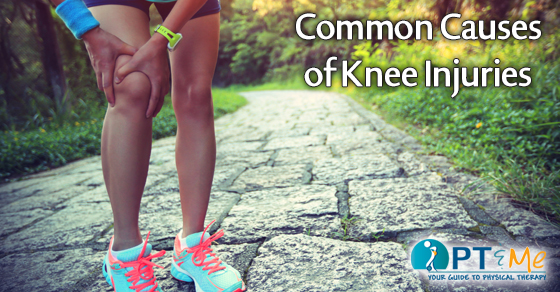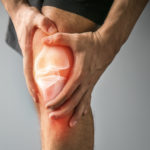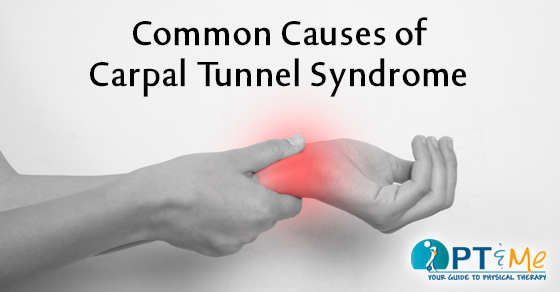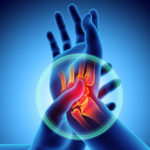
While most of us take our knees for granted, injuries can occur quite easily and for a variety of reasons. Only when you suffer a knee injury, do you realize how much we rely on these joints on a day to day basis. Knee injuries cause discomfort and pain, but that’s not all. They can also be extremely debilitating and in serious cases, result in dramatically reduced mobility. So let’s take a look at some of the most common causes of knee injuries, and what to do in case you experience one.
What Are the Most Common Knee Injury Causes?
Well, there are a number of them – some more serious than others. Let’s take a look at some of the most common ones!
- Fractures: Fractures are very common knee injuries and can affect the patella, which is the most commonly fractured bone around the knee. Fractures can also affect the ends of the tibia and femur in the area where they come together to form the knee joint. Incidents such as serious falls and road traffic accidents are common causes of fractures. And sometimes even the best knee brace for running or other sports won’t be able to prevent a fracture.
- Dislocated knee: Knee dislocation is another common knee issue and it occurs when the knee bone is either partially or totally out of place. This could include the patella slipping or the femur and tibia sustaining injury that forces them out of alignment. Various different sports activities as well as falls and other high impact trauma can cause this injury.
- Torn ligament: Tearing of the anterior cruciate ligament is also a common type of knee injury. This is more common among those that take part in athletics and sporting activities. Some of the common causes of this injury include a rapid change in direction when running or incorrectly landing from a jump. In many cases, this sort of injury also comes with additional injuries to the cartilage.
- Torn tendons: This type of injury is more common among older people, particularly those who are active runners or do any sports that require a lot of running. The tendons of the patella can become stretched and then torn during this type of activity. Direct force to the front of the knees, falls, and incorrect landing following a jump are all common causes of a torn tendons.

There are many different causes of knee injuries, but usually they involve some sort of high impact trauma. This is why these types of injuries are often sustained by athletes as well as people who are keen on physical activities. Falls, incorrect landings following a jump, and the twisting of the knee can all cause various different knee injuries.
The knees are among the most easily injured joints in the human body, and also one of the most common reasons for people seeing their doctor. So in the event of a knee injury, no matter what the cause, it is important to seek medical advice because a knee injury can escalate from simple twisting of the knee to a dislocation or worse pretty quickly. Because the treatment for a knee injury varies based on the severity as well as the type and cause of the problem, ranging from medication and physical therapy to even surgery, consulting a medical professional is the first step to treating your knee successfully.
More information about common knee injuries can be found in the PTandMe injury center.


